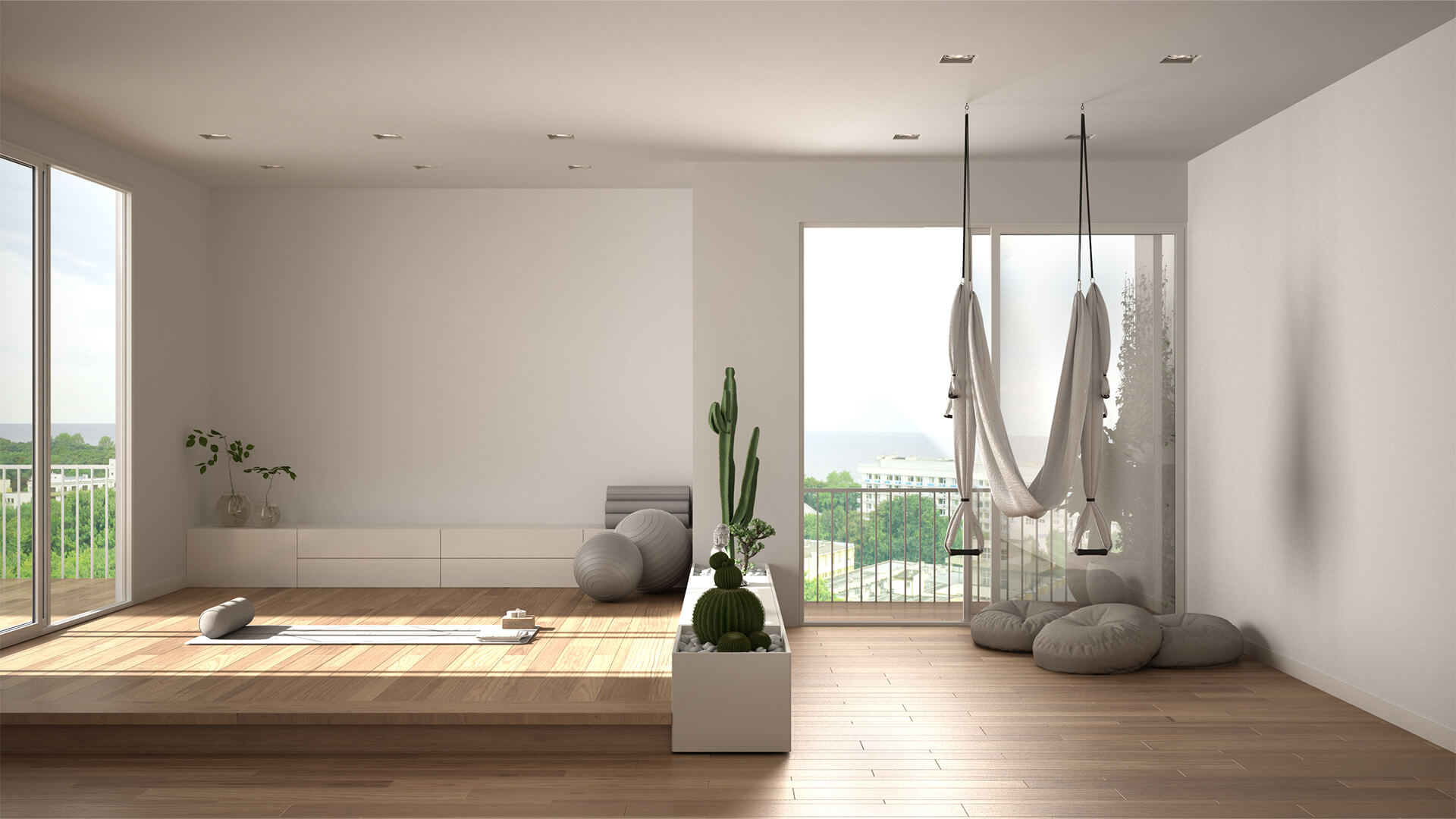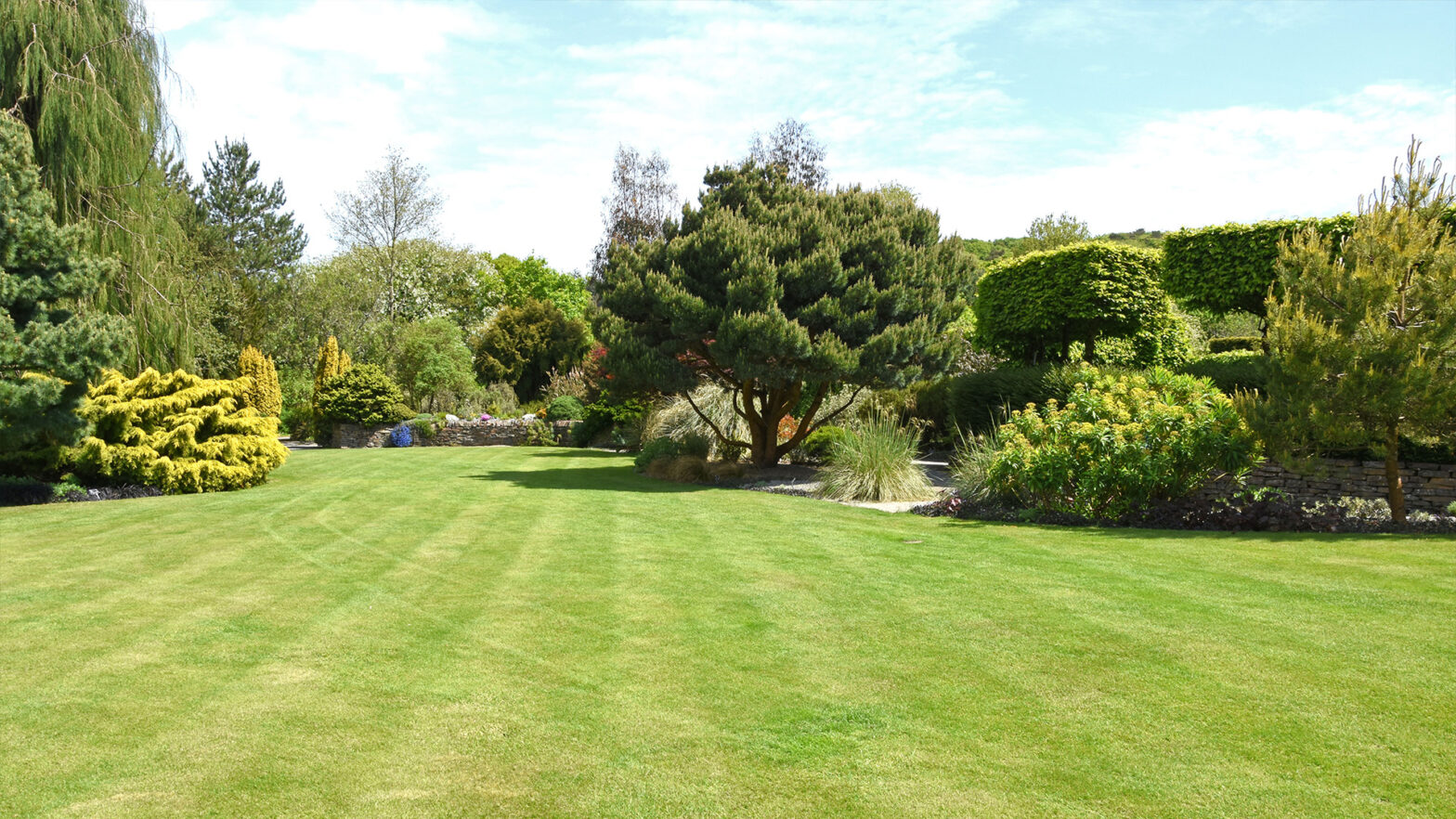
Meditation is the art of being conscious. It’s a form of performing self-analysis, finding peace within yourself, and understanding more about your life. It may seem difficult to attain these things through meditation, but if you have some patience and are diligent in practicing, it will pay off. A lot of people don’t take up on this practice because they think it’s too spiritual or that they can’t do it. Meditation doesn’t have to be difficult, you just need the right mindset when approaching the process of meditation. If you are struggling with finding your own space for it, you can always create a meditation room in your home.
1. Soothing Scents
Introducing comforting fragrances into your meditation room is a great way to calm your mind. Jasmine or lavender are two good choices since these smells promote relaxation.
While candles are traditionally used, they aren’t always a perfect solution because the open flame can make some people nervous and that can have the opposite effect of meditation. The creators of wax melts from Balneaves have noticed that mass-produced candles and wax melts don’t always live up to expectations, since they are made with lower-quality ingredients. Fragrance concentration plays a role in the scent of a wax melt, as well as the burners you use.
Tea-light burners create a stronger fragrance since it heats the wax up more quickly and reaches a higher temperature. Some people find that intense scents are too much for a meditation room, however, and that’s why they opt for electric burners that provide a steadier, milder fragrance.
2. Potted Plants
Having a plant in your meditation room doesn’t just look good, it also increases the humidity of the air, which helps your skin stay hydrated and not dry out. People say that having plants around stimulates their creativity as well.
Since meditation is often used for personal growth, there’s something symbolic about having a plant in your meditation room that represents life. When choosing plants for this purpose, it’s important that you take good care of them. Knowing which plants prefer lots of light and which won’t help you determine which plants to use, and how to treat them.
Some plants that can withstand pretty much anything are succulents, cacti flowers, and palms. These plants are definitely good choices for your meditation room.
3. Soft Lighting
Most meditation rooms are dimly lit, but some people prefer it brighter with overhead lighting or lamps. It’s best to avoid light fixtures that create too much direct illumination since they’ll prevent you from relaxing your eyes and focusing on the things in front of you. As far as lamps go, you’re probably better off using ones that are more diffuse if too much light is bothersome.
Harsh overhead lighting can be annoying for people who practice meditation in the morning or evening since they need to adjust their circadian rhythm. Keep in mind that bright lights reset your internal clock, so it’s best to have lamps with a warmer hue instead. Having some lamps with shades made out of natural fibers is also a good idea.
Installing a dimmer switch can be a good idea if you want to alter the lighting in your meditation room. These switches allow you to brighten or dim the light depending on how much illumination is suitable for whatever task you have at hand.
4. Comfortable Seating
Meditation isn’t just about closing your eyes, it’s about being aware of your surroundings while practicing doing nothing at the same time.
You can use a futon, fluffy pillows, yoga mat, or anything else you have lying around. Your meditation room should have comfortable seating that doesn’t force you into a specific position. An easy way to enhance your seating are pillows stuffed with buckwheat hulls since they conform to the shape of your head and neck, which keeps you from straining them too much. You can also use a meditation bench if you’re uncomfortable sitting on the floor. An advantage of using this is that it adds height, so you can keep your neck straight while meditating.
Whichever way you choose, make sure you leave enough room for your legs, so they stay comfortable. Being able to shift slightly is also important, so your body stays loose.
5. A Decorative Touch
A meditation room shouldn’t be sterile or bare, since that makes it easier for your mind to wander off. By adding some decor, you’ll give your mind something to focus on other than what’s worrying you. It’s best if this decoration is either natural or brings the outdoors in since that’s where meditation comes from.
Ideally, you want to have something that represents your purpose for meditating, which could be an inspiring quote you found on Pinterest, photos of people who inspire you, a small altar with crystals and candles, paintings, vision boards, etc. There are so many things you can use, so get creative and choose something that’s meaningful to you.
However, you don’t want your decor to be distracting to you, since meditation is about focusing on yourself and nothing else. Make sure you don’t put anything too vibrant or flashy in there, since it can be a major distraction for your mind.
6. Tune Out Outside Sounds
The things that occur outside of your meditation room will inevitably affect you in one way or another, but it’s best if these distractions are minimized. This is why you want to make sure your room is on the outskirts of your home since that makes it harder for people and pets to disturb you while practicing.
Keeping doors and windows shut can help block out sounds, but sometimes this isn’t enough. A good idea would be to invest in a white noise generator like a sound machine (some even come with nature sounds).
If you want to block out some noises but are worried about missing something important, then adding some background music can be a good idea. You’ll still be able to hear some things while enjoying some tunes that help create the right atmosphere for your meditation room.
Although meditation is something that anyone can practice, you need to have the right environment for it. The room itself doesn’t need to be expensive or especially beautiful, since it’s all about what you make of it. You can breathe new life into your space with a little creativity and an open mind. Of course, if you feel like your home isn’t big enough to dedicate an entire room to just meditation, you can always try to integrate everything you need for meditation in your bedroom or living room. No matter what you do, it’s important to make sure your room is relaxing and stress-free since that will help you get into the right mindset for meditation.




















